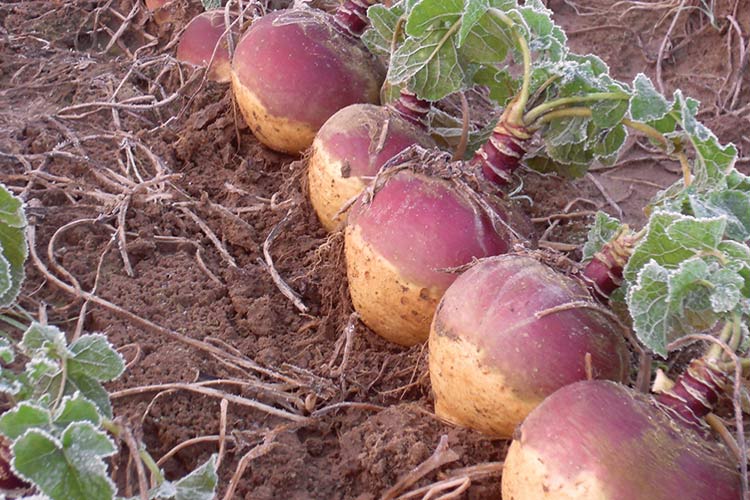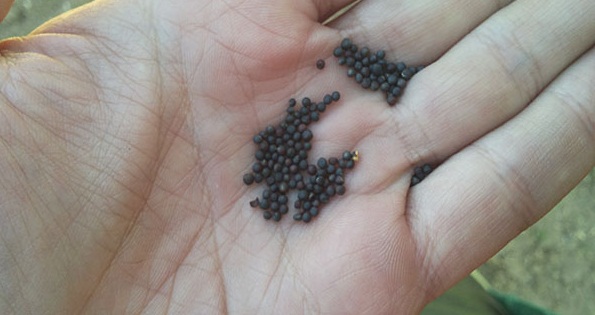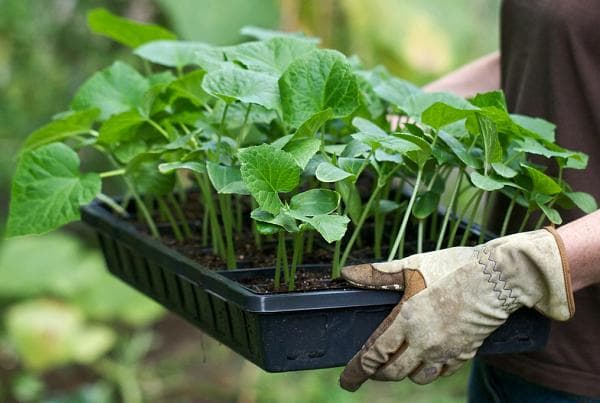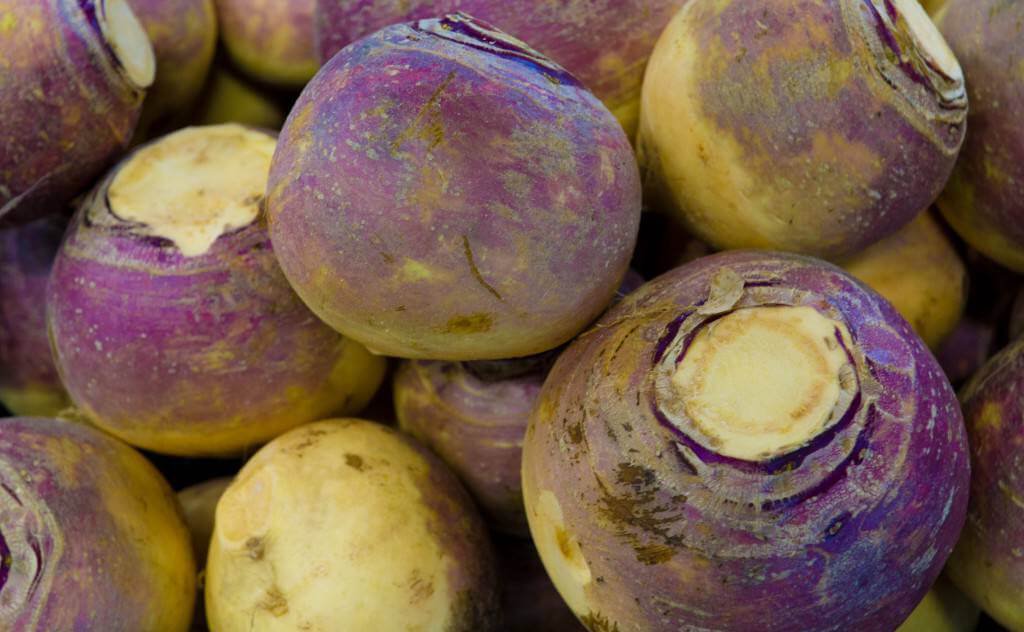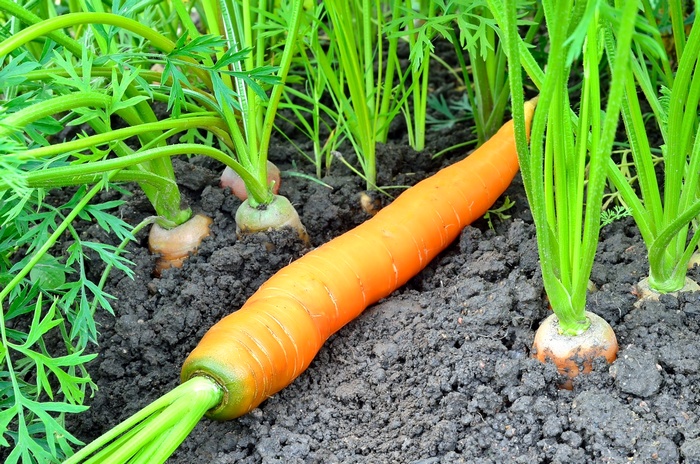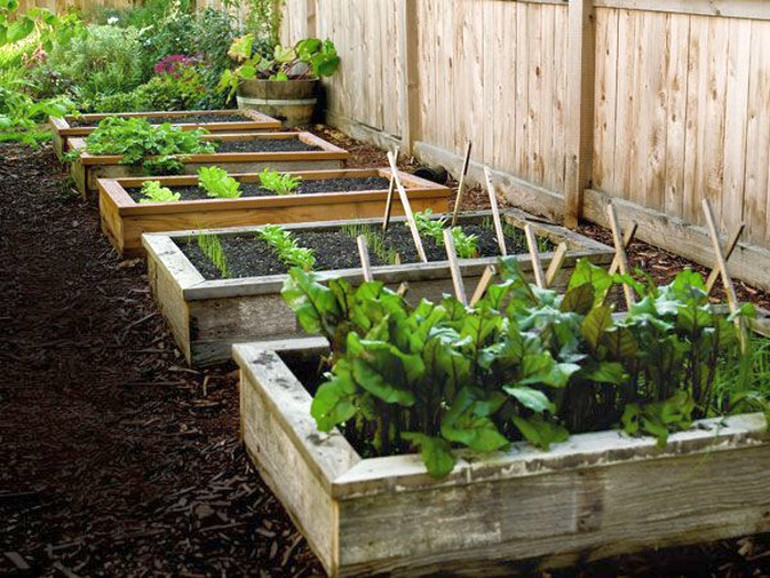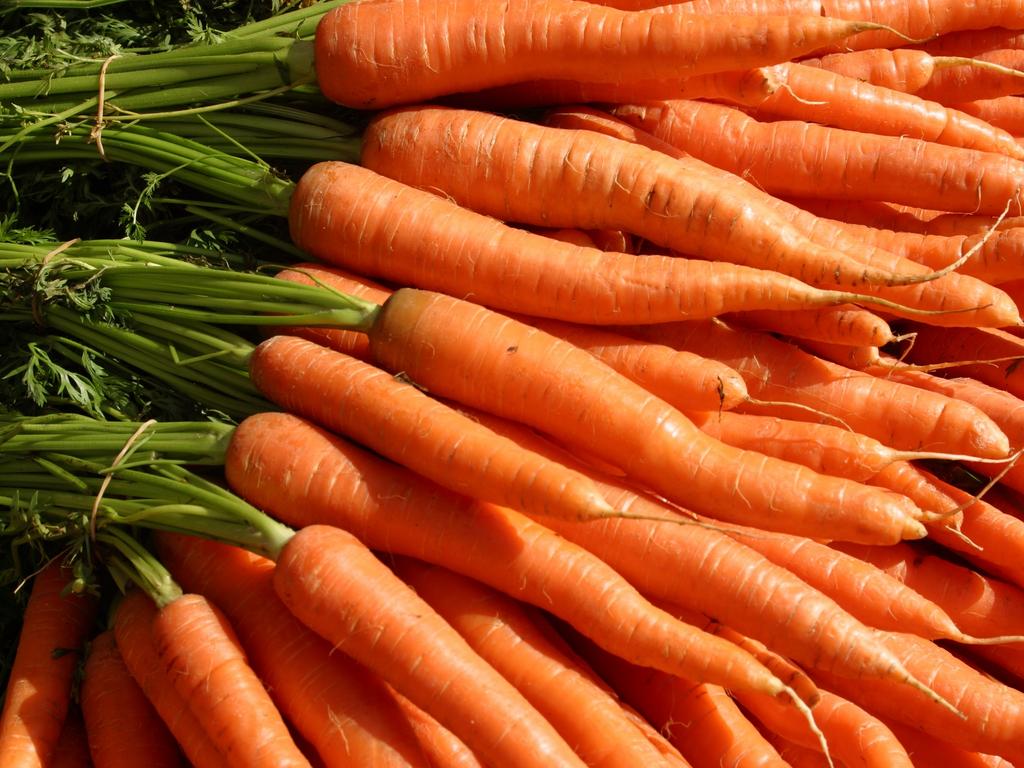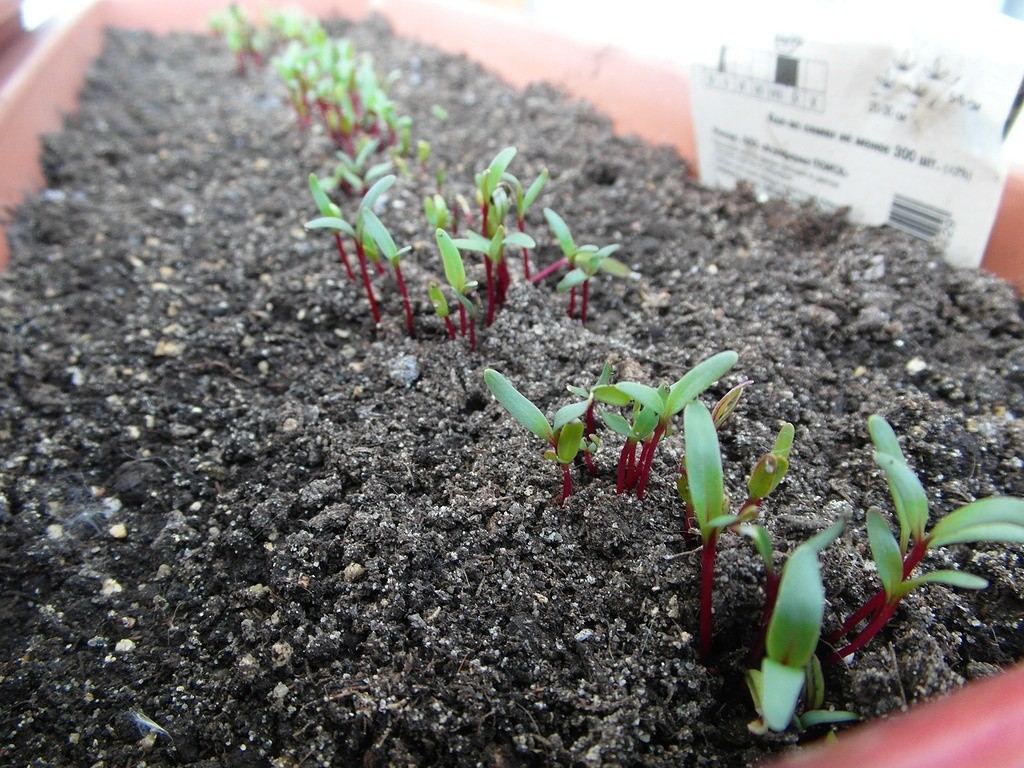Content:
Rutabaga, or in other words kalega, bushma, German, bruchka, is a useful and popular vegetable in Russia. It belongs to the Cabbage family. It is a biennial plant. In the first year, a root crop and a rosette of leaves are formed, in the second, flower shoots and rutabaga seeds appear. In the food industry, mainly root crops are used, less often dried tops. The rutabaga fruit can be eaten raw, stewed. The fodder variety allows farmers to feed large livestock. During the flowering period, the plant becomes a real treasure for bees, and due to its rich content of calcium, phosphorus and iron, it is often used in pharmaceuticals. Therefore, it is not surprising that many are so interested in the question of how to grow a rutabaga.
Popular varieties
Moscow, Tver, Vladimir and many other cities have already appreciated all the advantages of the product.
There are 4 most popular plant varieties:
- Krasnoselskaya rutabaga. It has an average ripening period. Full maturity occurs in about 90-125 days. The root crop is flat, semicircular. The pulp of the fruit has a rich yellow color, rather sweet. The size of one root vegetable is 300-600 grams;
- A bright dream. One of the earliest varieties. Until full maturity, it only takes 65 days to grow. The root crop is massive, has a yellow color. Although the weight of one vegetable is about 300-350 grams, more than 3.5-4 kg of product can be collected from one square meter;
- Novgorod. The plant gives juicy fruits in 120-130 days from the moment of planting. Unlike previous varieties, it has a purple-pink color of the root crop. The average fruit weight is 400 grams;
- Child love. This is a mid-season variety. Technically, you can use it in 90-117 days. The color of the fruit is unsaturated, but the flesh is rather sweet.
Seed preparation
Successful cultivation of rutabagas requires proper seed and soil preparation prior to planting. So, about an hour before the seeds fall into the open ground, they are disinfected in a garlic solution. To prepare one, you need to dilute 25 grams of chopped garlic with clean water (100 g). After processing, the seeds must be removed, rinsed with clean water and dried in the open air.
Experienced owners reveal their secret of how to grow rutabagas. For this, they suggest using sprouted seeds. To ensure the process, the swede seeds are wrapped in a damp, clean cloth. There they are stored until the white thin shoots appear.
When is it better to plant rutabagas
It is difficult to answer unequivocally when to sow rutabagas, because it depends on the type of vegetable, terrain, weather conditions. Often, experts suggest sowing plants for seedlings in early April.
When to plant rutabagas outdoors with seeds? In mid-May, or when the air warms up to + 15-17 ℃.
If we talk about winter sowing, then it is carried out in late autumn, in fact, just before the very frosts. Seeds will not disappear, even if the soil is frozen 3-5 cm deep.
Soil preparation
Not every summer cottage is suitable for the successful cultivation of rutabaga. The soil for this plant must be neutral. The optimum pH is 5.0-7.0.
If the soil is acidic, the owner will have to "extinguish" it with a small amount of ash.
As for the composition of the soil, it is better if it is a fertile area. Perfectly suited: loamy, sandy loam, peat soil. It will be easy to grow rutabagas if water can easily seep into the ground. Insufficient moisture level makes the root vegetable hard and tasteless.
At the same time, there should be no stagnation or close occurrence of groundwater either. Otherwise, the plant will be sick and will not provide the desired results.
Rutabaga can be grown after plants such as: potatoes, tomatoes, zucchini, eggplants, squash.
Thinking about how to plant a rutabaga, it is worth fertilizing the land for sowing it in the fall. After deep digging, apply fertilizer. Farmers call the best option for the latter a mixture of: compost (3-4 kg per 1 sq. M.), Potassium salt (25-35 g. Per 1 sq. M.), Urea (no more than 15 g per 1 sq. M.) m.), superphosphate (32-40 g per 1 sq. m.).
Planting swede seeds
The seed method of growing involves sowing the material in deep boxes. First, the soil for the plant must be well moistened. The seeds should be immersed to a depth of 1-1.5 m.
For more convenient sowing of seeds, they can be mixed with superphosphate or tooth powder. Crops are covered with foil or glass. The optimum air temperature during this period is + 17-19 ℃. You can open it as soon as the first shoots appear.
When deciding when to plant rutabag in open ground, you need to pay attention to the temperature. As a rule, in the Moscow region, seedlings are ready for planting in the garden within 40 days from the moment of sowing. The plant must first be prepared for transplantation. To do this, they are tempered: they are taken out for several hours on the street every day.
Planting rutabagas on the eve of winter is somewhat more difficult.
The owner will have to complete several basic tasks:
- The site is loosened and fertilized;
- In the ground, you need to make holes with a depth of 2.5-3 cm. Water them generously;
- Pour sand at the bottom of the hole;
- In each well put 2 rutabaga seeds;
- Fall asleep with a layer of sand (1 cm);
- A layer of humus is laid on top;
- Fall asleep with earth.
Such a winter seedless method of growing swede can be used by the middle strip of the European part of the country.
Spring planting requires more careful plant care than winter planting. In order for July to be rich in the harvest of rutabagas, the plant must be watered abundantly. The optimal volume of water is 10 liters per 1 sq. M. 5 such procedures are enough per season.
Plant diseases and pests
Just like cruciferous crops, rutabagas can be subject to such diseases: felt disease, vascular bacteriosis, black leg, mosaic, linen. As for the most dangerous pests, farmers call them: moth, aphids, slugs, bedbugs, babanukha, flea beetles, flower beetles, cabbage fly.
It is possible to prevent damage to the plant if you adhere to the basic rules and terms of sowing, disinfect the seed before sowing, carry out a deep digging of the soil, and clear the land of weeds.
To ward off pests, it is useful to plant next to the turnip: mint, chamomile, sage, savory, etc.
How to harvest
For consumption, rutabagas are dug out about 3-4 months after planting. If it is supposed to be stored for a long time, the root crop is dug up before the onset of frost. The tops should be cut as short as possible. You can find out how to do this correctly with the video on the network.
The root crop must be cleaned from the ground and dried in a natural way: under the open sky, but in the shade. Store the fruits in boxes in the basement or in a shallow trench in the garden. In the latter case, the cache must be sprinkled from the inside with dry sawdust or straw. The top of the mine is covered with earth.
From all of the above, it becomes clear that growing a rutabaga is not so difficult.With a little effort in the spring or fall, owners get nutritious food for themselves and their domestic herbivores.
